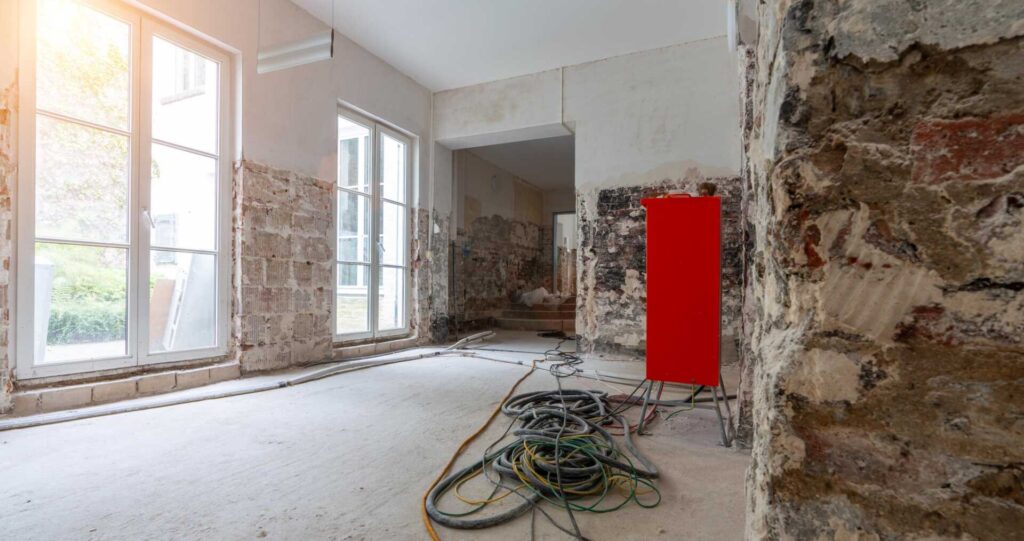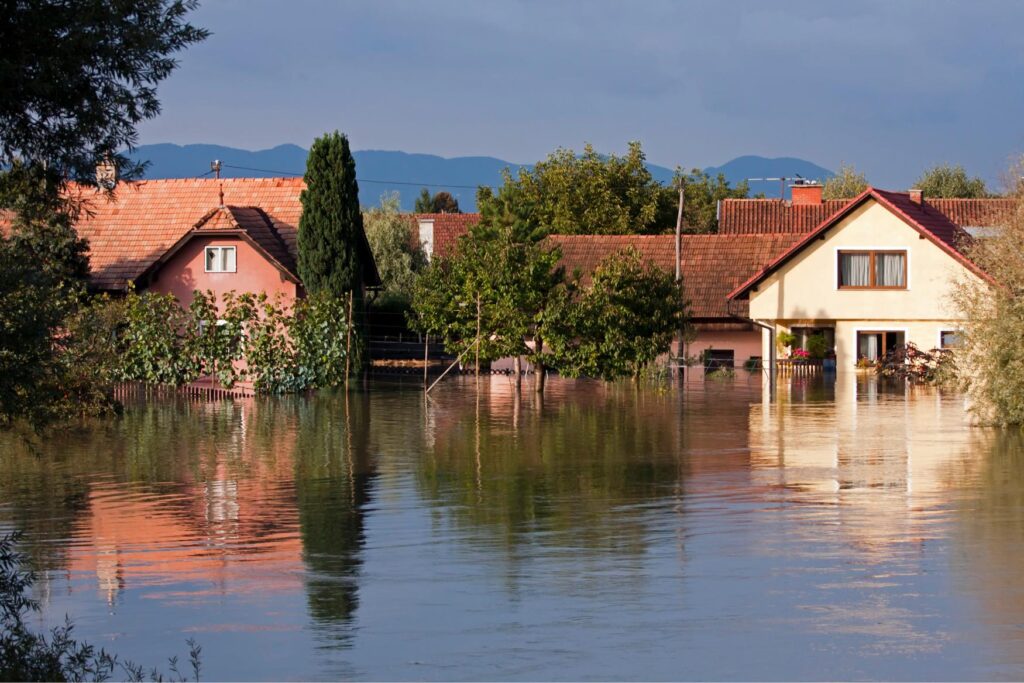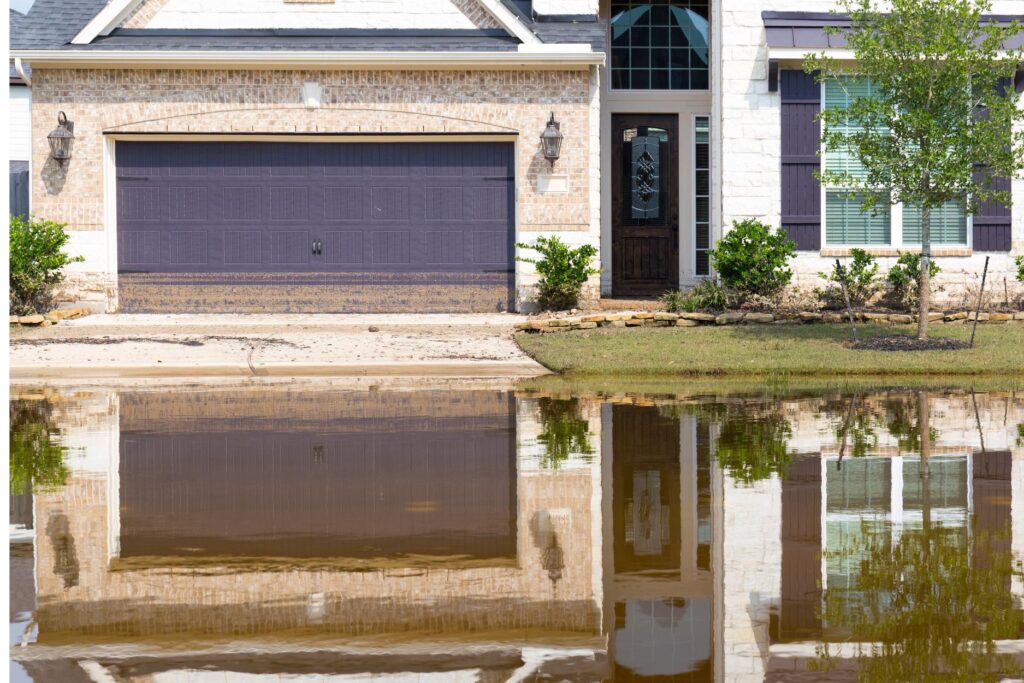Contents
What Causes Mold?
The following are a few reasons for mold growth in the home. But what, exactly, causes mold? Mold is highly likely to form following a water leak; however, this does not always occur. The degree of the water damage, the time required to clean up and dry, and the number of surfaces affected by the leak influence the chance of mold developing.
Mold can grow on damp surfaces within just a day or two. As a result, you must know the areas in your home that can leak and create mold growth and the various ways water can enter your home.
Excessive Water
Whenever your home is flooded, regardless of the amount of water, it should be tested for mold immediately. This mold could take a week to become evident, and you don’t want to wait long before taking action. Flooding creates a humid environment that encourages microorganisms to fill the air and spread across the residence.
Wet Laundry
Keeping damp clothes for a few days might lead to mold growth, especially if the clothes are kept in the dark. Mold development can also spread to surrounding items, and you will be forced to discard the clothes because there is absolutely no remedy for mold on clothes.
Roof Dripping
A leaky roof damages the structure and endangers your health and safety as it encourages the growth of molds. Never assume that any roof leak is too tiny to be investigated, as water has a powerful destructive character. Continuous roof leaking can reach deeper than you think if given the opportunity.
Leaks in the Plumbing System
Mold growth is typically unnoticed in plumbing structures because pipes are hidden under fixtures and within walls. Mold would have grown in the ceilings, under flooring, and behind walls before the leak was discovered.
What Are the Signs of Mold?
Mold does not always grow because of a water leak. There can be several reasons why there is no mold growth when there is a water leak. The absence of mold development depends on various factors, including the type of water leak, the material used to construct the structure, the amount of moisture in the air, etc.
Water mold is commonly identified by the dripping or rushing of water inside the walls, a pervasive musty odor emerging from the walls or floors, and visible discoloration on the baseboards, ceiling, and walls. However, if these indications are not obvious and you are unsure whether you have mold growth due to a leak, the best thing to do is to contact professional services.
An expert examines the issue, identifies whether mold has developed, and uses their professional skills to ensure the total eradication of molds.
How to Avert Mold
Mold can harm your health; below are some ways to prevent a molded case:
- Immediate repair of leaks and removal of excess water.
- Remove items that cannot be dried or cleaned.
- Turn on the air conditioner. Use a humidifier to keep the low humidity level in check.
- Provide adequate ventilation by opening windows and doors. Using fans also achieves air circulation.
Wrapping Up
Mold threatens our health, which causes its elimination in any form. Mold thrives best in areas with insufficient sunlight, damp air, and moist indoor environments. Moisture can hide beneath floorboards, walls, and other unexpected places after a water leak. Cleaning should be done carefully and thoroughly to prevent mold from growing undetected, and your best solution remains to call a professional service.




